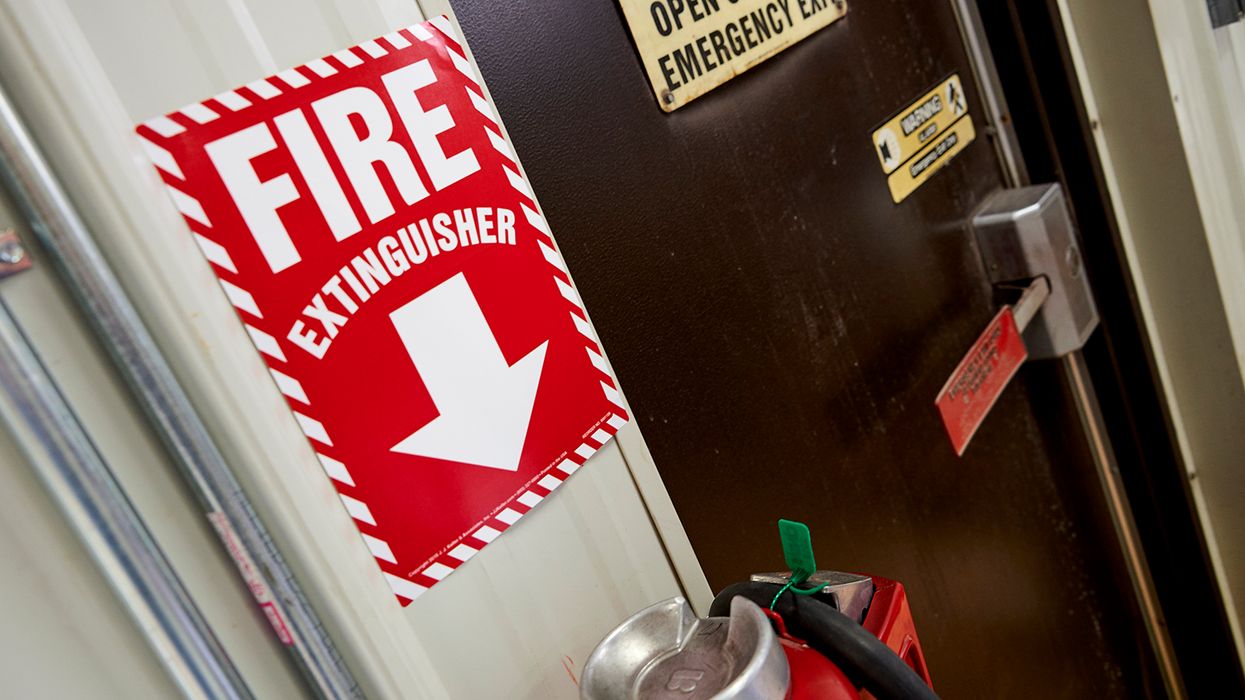Data show rise in fatal occupational injuries to older workers
Fatal occupational injuries among workers age 55 and over are on the rise, according to data from the Bureau of Labor Statistics’ Census of Fatal Occupational Injuries (CFOI) program.
Data from 1992 to 2017 show that the number of employees in the workplace age 55 and over more than doubled and that these employees incurred 56 percent more fatal work injuries in 2017 than in 1992. The trend was more pronounced for workers age 65 and older. During this same period, the number of fatal occupational injuries to workers age 54 and under declined.
For full-time equivalent (FTE) workers in 2017, the data show the following fatal injury rates:
- Workers age 65 and older: 10.3 per 100,000 FTE workers
- Workers ages 55 to 64: 4.6 per 100,000 FTE workers
- All workers: 3.5 per 100,000 FTE workers
The top three causes of fatal injuries involved roadway incidents, falls to a lower level, and being struck by an object or equipment.
Based on this data, employers of older workers will want to pay extra attention to the types of jobs assigned to older workers along with ergonomic issues. Job tasks should be carefully matched to the needs of the individual and may require adaptations of workplace conditions. In addition, older workers can benefit from a proactive health and wellness program.
Employing older workers provides many benefits to a workplace, including their greater institutional knowledge and experience. These workers often have more productive work habits, lower levels of job stress, and a cooperative mindset. They are also more likely to be aware of their own limitations and take a cautious approach to workplace risks.

















































